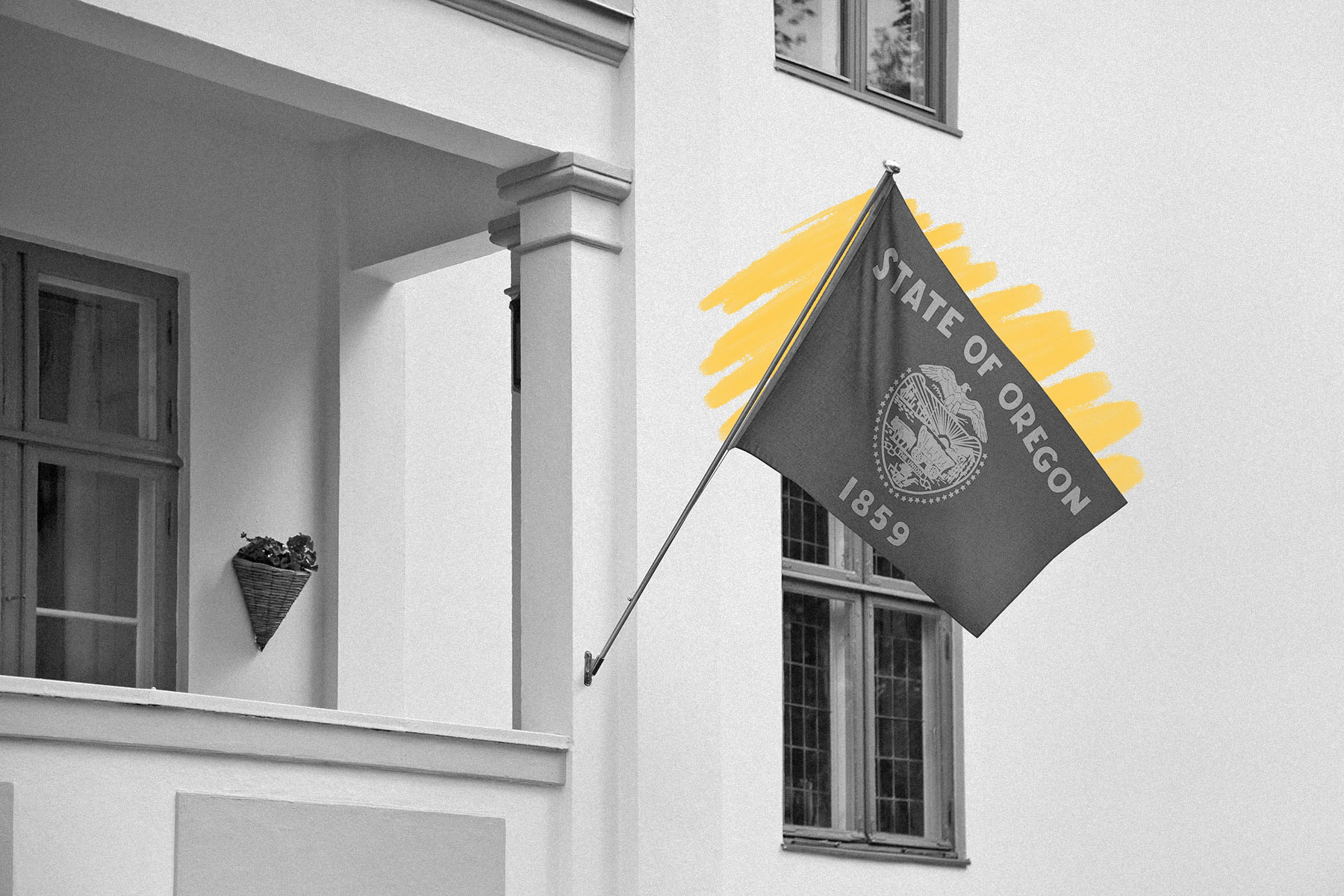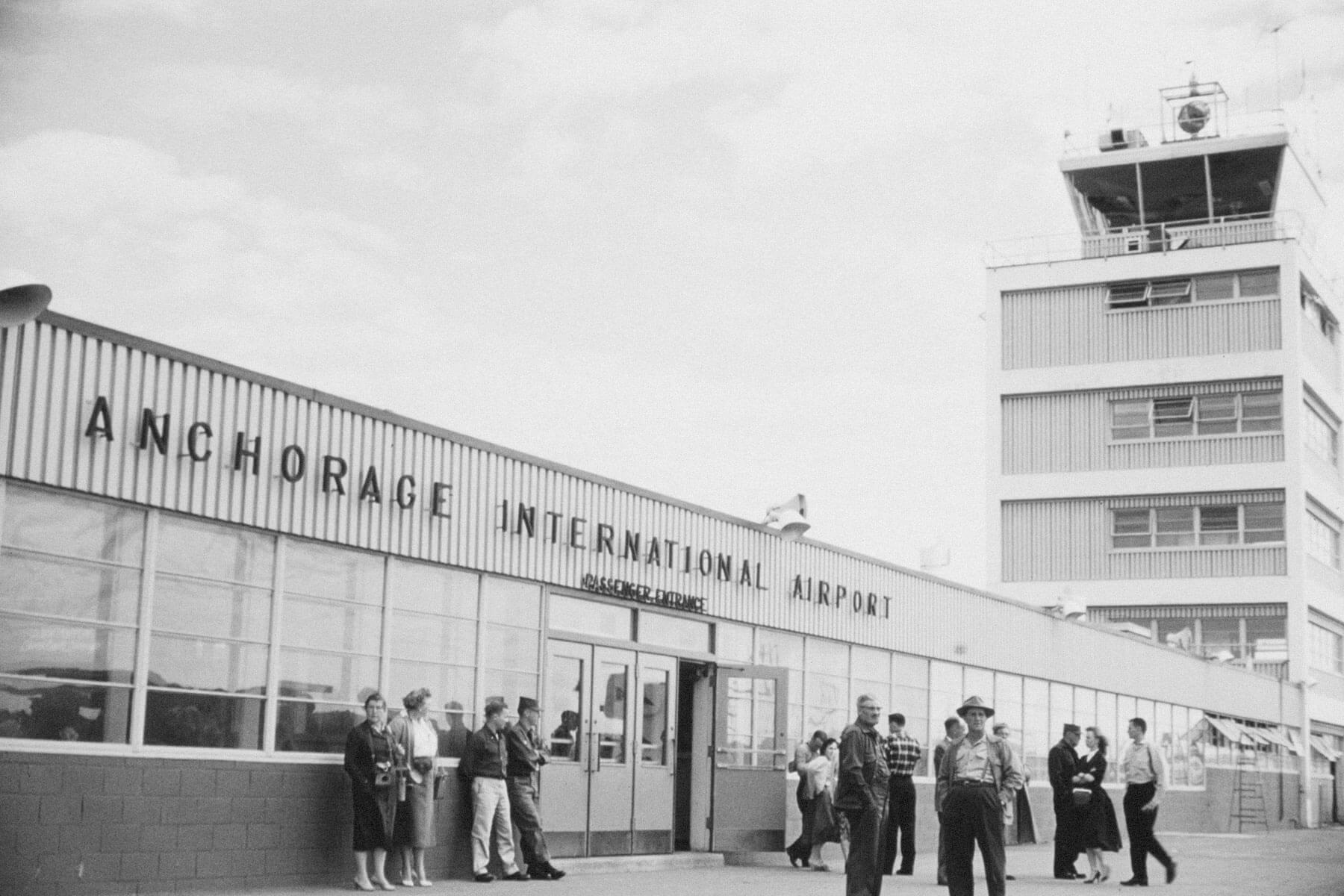Thank Oregon for this holiday
Monday, September 2, 2024
Labor Day, celebrated on the first Monday in September in the United States, honors workers and their contributions to the nation. |
| |
| |
|
 |
|
| L abor Day, celebrated on the first Monday in September in the United States, honors workers and their contributions to the nation. Congress passed a bill signed by President Grover Cleveland making it an official federal holiday in 1894, but state observations date back to 1887. Five different states observed Labor Day that year, but Oregon came first; the state's bill to recognize the holiday became law on February 21, 1887. |
|
|
| Strangely — and of little use to people with weekday work schedules — Oregon's first Labor Day was celebrated not in September, but the first Saturday in June. After Colorado, Massachusetts, New Jersey, and New York each passed laws recognizing Labor Day on the now-traditional September date, Oregon moved its own observance to match. The September date comes from the first-ever Labor Day demonstration, which was organized by the Central Labor Union (a coalition of local labor unions) and held in New York City on September 5, 1882. It included a one-day strike, a parade, and, fitting with more modern Labor Day celebrations, a giant picnic. Unlike May Day, an international observance on May 1 that commemorates the 1886 Haymarket Riot in Chicago, there was no particular significance to the timing of the demonstration — it likely just fell roughly between the Fourth of July and Thanksgiving on the calendar. In the ensuing years, pro-worker demonstrations on the first Monday in September started cropping up throughout the country, eventually gaining enough steam to become a national holiday. |
|
 |  |
|
|
 |
|
| |
|
| Year Canada recognized Labor Day as a federal holiday (the same year as the U.S.) | | | 1894 |
| | | States that observed Labor Day before it became a federal holiday | | | 23 |
| | | States that observed Labor Day before it became a federal holiday | | | 23 |
|
|
|
| Approximate number of workers who marched in the first Labor Day parade | | | 10,000 |
| | | Official holidays recognized by the U.S. government | | | 11 |
| | | Official holidays recognized by the U.S. government | | | 11 |
|
|
|
 |
|
 | | Did you know? |
|
|
The U.S. federal minimum wage didn't exist until 1938. |
|
| Though the United States government recognized a holiday for workers as early as 1894, it took more than 40 more years for the country to enshrine certain workplace protections we take for granted today, such as the 40-hour workweek, the minimum wage, and even the end of child labor. The Fair Labor Standards Act (FLSA), signed in June 1938, implemented protections for minors, limited the hours employees were obligated to work per week (44), and set a minimum compensation (25 cents an hour). The law had originally called for a 40-cent minimum wage and 40-hour workweek, but the bill met significant opposition at the time. Ultimately, it took more than a year and multiple revisions to finally push the legislation through. |
|


posted by June Lesley at 4:01 AM











![]()
![]()





0 Comments:
Post a Comment
<< Home